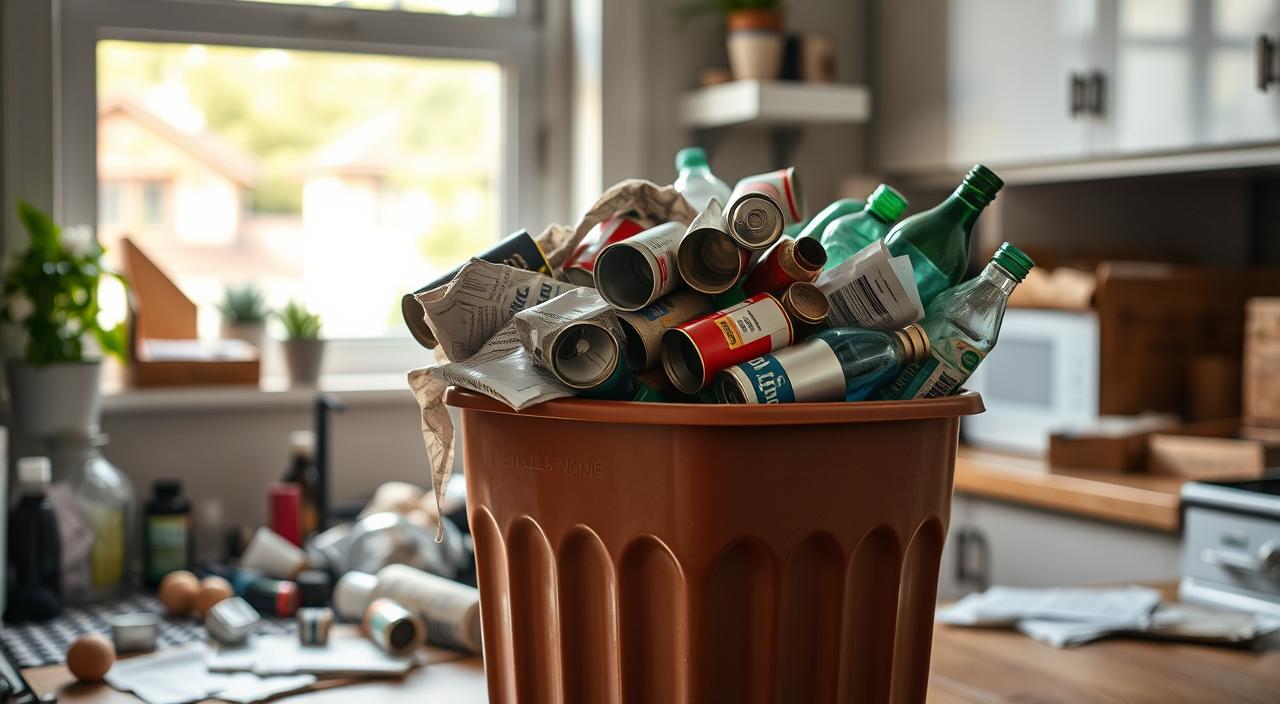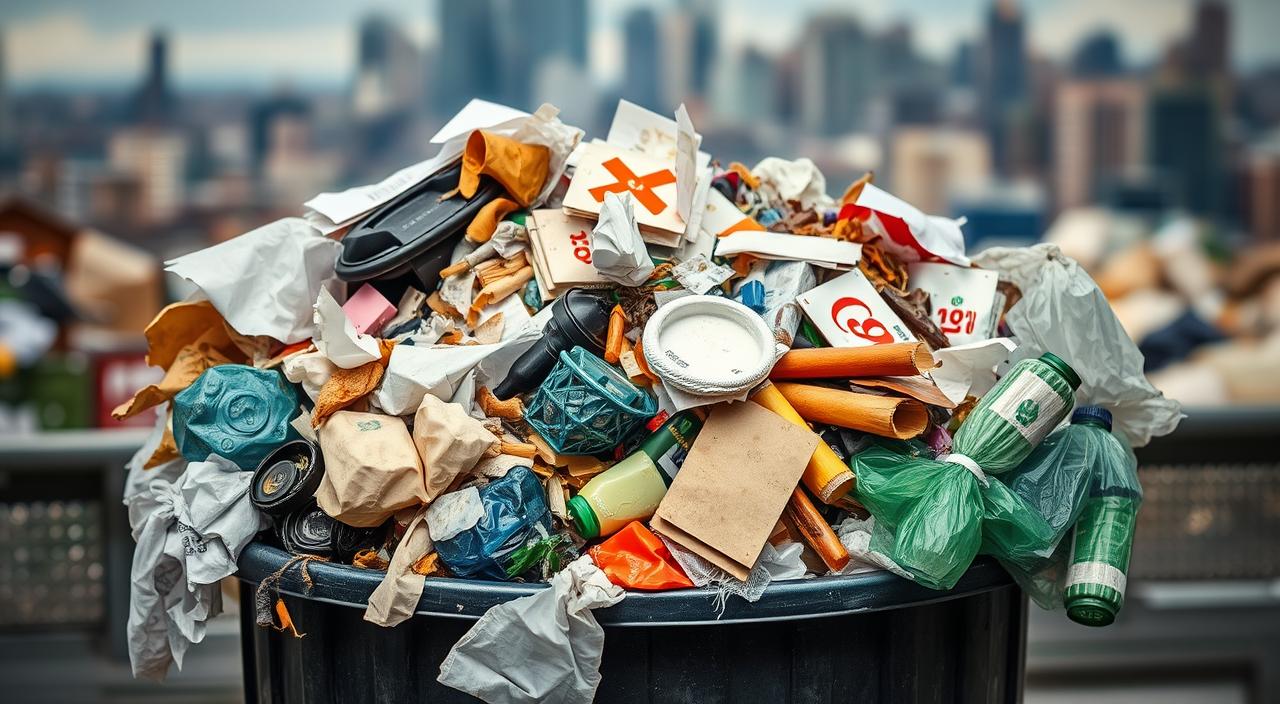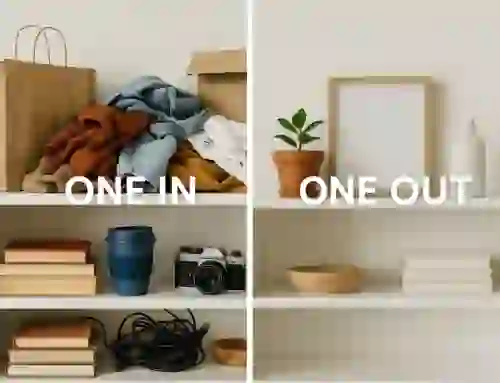The use of different bin colours and signs in the UK has transformed recycling practices in homes and public spaces. By combining psychological cues with a standardised system, these tools make it easier for individuals to sort waste correctly and efficiently.
Recycling is no longer just about separating paper from plastic—today, it’s about minimising contamination, improving material recovery, and encouraging environmentally responsible habits. With the right combination of bin colours and signage, councils and communities are achieving significantly better recycling outcomes.
Key Takeaways
- Bin colours and signage simplify the recycling process and improve participation.
- Colour coding helps reduce cross-contamination of waste streams.
- Clear signs ensure recycling compliance in multilingual and diverse communities.
- Proper bin usage supports the UK’s environmental goals and landfill reduction targets.
- Special waste categories need dedicated disposal methods for best results.
The Psychology Behind Colour-Coded Waste Systems
Colour-coded bin systems work because they tap into visual processing instincts. Humans respond quickly to colours, especially when repeated across environments. For example:
- Blue bins signal paper/cardboard
- Brown bins for mixed recyclables
- Green bins for garden waste
- Black or grey bins for general, non-recyclable waste
This repetition forms habits, reducing hesitation or confusion. In turn, recycling rates improve and contamination drops.
“Professional waste clearance services are adopting intuitive bin colours and signage to support behaviour-based recycling habits. Learn how these innovations align with sustainable clearance services that are transforming UK waste management.
Why Visual Cues Work
Studies show that visual cues outperform text when it comes to influencing behaviour. By placing coloured bins in visible locations and matching them with simple icon-based signage, waste disposal becomes intuitive—even for children or non-native English speakers.
Understanding the UK’s Bin Colour Standards

While some variation exists across local councils, the UK has largely adopted a unified colour system for bin usage. This consistency allows people to practice good recycling habits whether they’re at home, school, work, or visiting another city.
| Bin Colour | Waste Type | Examples |
|---|---|---|
| Black/Grey | General Waste | Plastic wrap, nappies, polystyrene |
| Brown | Mixed Recycling | Plastic bottles, tins, clean foil |
| Blue | Paper & Cardboard | Newspapers, envelopes, boxes |
| Green | Garden Waste | Grass, leaves, plants |
Regional Differences
In some regions, the colours may differ slightly or certain services (like food waste or glass collection) may be offered separately. For example, councils in Wales often use food caddies, while some London boroughs separate glass into unique containers.
📌 For precise local information, always check your local council’s bin collection page.
General Waste: What Belongs in the Black or Grey Bin
General waste bins are for items that can’t be recycled or composted. This includes:
- Plastic film and bags
- Sanitary products
- Styrofoam
- Contaminated food containers (if recycling is not available)
Disposing of non-recyclables correctly is essential to avoid fines and contamination. For more detail on what should never go in general waste or skips, read our quick guide to waste disposal.
What to Keep Out
Some items must never go in general waste due to environmental harm or special processing requirements:
- Batteries – Use retailer take-back schemes
- Electronics – Take to your nearest household waste recycling centre
- Hazardous materials – Contact local authorities for guidance
Tip:
Adhere to the ‘closed lid’ rule—waste collection crews may refuse overflowing bins.
Mixed Recycling: Getting the Brown Bin Right

Mixed recycling bins allow a wide variety of recyclables, simplifying sorting at home. Materials typically accepted include:
- Plastic bottles and tubs
- Glass bottles and jars
- Tin cans and aluminium foil
Common Mistakes
Avoid placing these in your brown bin:
- Plastic film
- Carrier bags
- Food-stained containers
- Broken glass or ceramics
| Material Type | Preparation Tip |
|---|---|
| Plastic | Rinse, remove lids |
| Glass | Remove lids, keep whole |
| Metal | Flatten, clean thoroughly |
Properly prepared recycling keeps contamination low, protecting the entire batch from being rejected.
Blue Bins: The Paper and Cardboard Collection
Your blue bin is dedicated to dry recyclables like:
- Magazines and newspapers
- Office paper and envelopes (without plastic windows)
- Clean cardboard (no food stains)
Excess Cardboard?
Break down large boxes to save space. On collection day, additional cardboard can be placed beside your bin if it’s dry and neatly stacked.
🚫 Avoid wet cardboard—it degrades and ruins recyclability for the entire load.
Green Bins: Managing Garden Waste Responsibly
Green bins collect biodegradable waste such as:
- Grass clippings
- Plant trimmings
- Fallen leaves
- Bark and small branches
Important Notes:
- Collection typically runs March to November
- Avoid including soil, stones, large branches, or plant pots
- Subscription-based collection is used in some areas
This green waste is turned into compost—another reason to avoid contaminating it with non-organic material.
Clear Signage Enhances Waste Sorting
In public spaces, well-placed signage is just as vital as colour coding. Good signage includes:
- Simple language or icons
- Contrasting colours for readability
- Placement at eye level near disposal points
📍 Place signs at decision points, not just on the bin itself. This primes users before they discard items.
Avoiding Recycling Contamination
Even small errors in sorting can send an entire bin’s contents to landfill. Here’s how to avoid this:
Look for Warning Tags
If your council attaches a contamination tag to your bin, review the listed errors and re-sort.
Quick Ways to Improve:
- Rinse containers and bottles
- Remove film lids and plastic bags
- Keep recyclables dry
- Avoid mixing food scraps with recycling
Special Waste: Items Needing Alternative Disposal
Not all waste belongs in household bins. Hazardous and bulky items must go to dedicated disposal centres.
| Waste Type | Where to Take It |
|---|---|
| Electricals | Recycling centre or special collection |
| Paint and Chemicals | Hazardous waste service (booking required) |
| Soil and DIY Rubble | Waste centre or skip hire |
Some retailers offer take-back schemes, especially for vapes, batteries, and electronics.
🗑 Explore options with Recycle Now’s A to Z guide.
Conclusion: A Simple Way to Make a Big Impact
Bin colours and signs aren’t just cosmetic—they influence how we sort, recycle, and think about waste. By sticking to clear rules and helping others understand them, we can all contribute to higher recycling rates and a greener future.
Action Steps:
- Check your local council’s bin policies
- Label and colour-code indoor bins
- Share tips with friends and neighbours
- Rinse and separate waste properly
- Use recycling centres for special items



